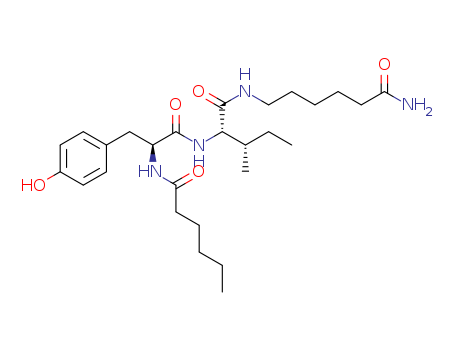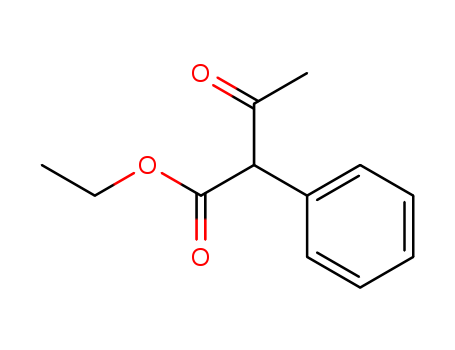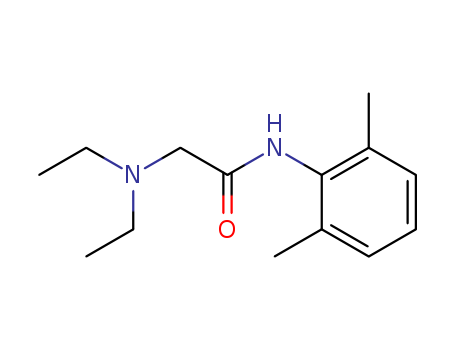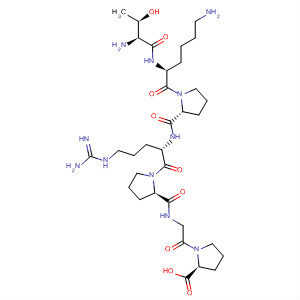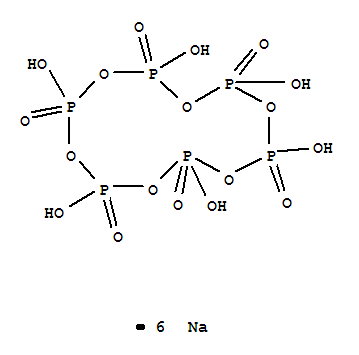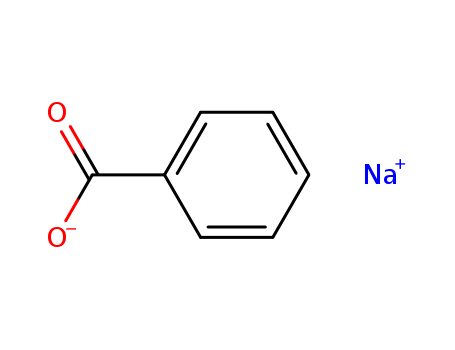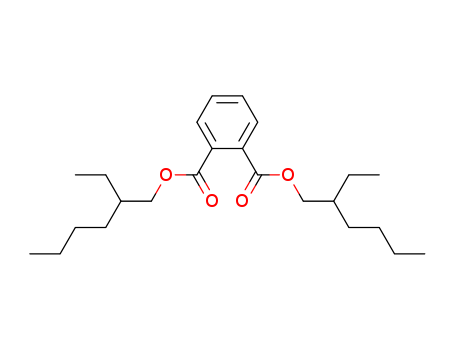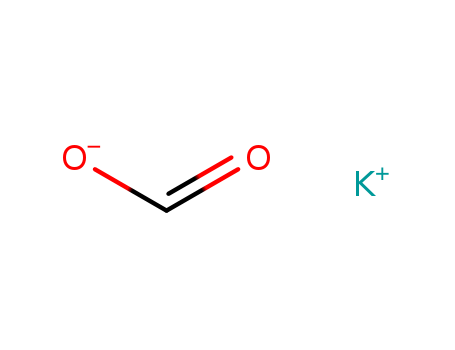CasNo:10124-56-8
Product Name:sodium hexametaphosphate
Molecular Formula:Na6O18P6
Appearance:white granular solid
Purity:99%
Chinese Factory Supply sodium hexametaphosphate, Factory Sells 10124-56-8 Cheapest Price
- Molecular Formula:Na6O18P6
- Molecular Weight:611.770386 [g/mol] .
- Appearance/Colour:white granular solid
- Melting Point:616 °C
- Refractive Index:1.482
- Boiling Point:1500℃
- PSA:387.19000
- Density:2.181 g/cm3
- LogP:3.28080
sodium hexametaphosphate(Cas 10124-56-8) Usage
|
Outline |
Sodium hexametaphosphate is a kind of sodium metaphosphate polymers. It is also known as "polyvinylidene sodium," "sodium multiple metaphosphate", "sodium metaphosphate vitreous body", and "Graham salt". It is a colorless transparent glass-like solid or white powder with greater solubility but low dissolving rate in water. Its aqueous solution exhibits acidic property. Its complex of divalent metal ion is relatively more stable than the complexes of mono-valent metal ion. It can easily be hydrolyzed to orthophosphate in warm water, acid or alkali solution. Hexametaphosphate has a relative strong hygroscopicity with being sticky after absorbing moisture. For certain metal ions (e.g., calcium, magnesium, etc.), it has the ability to form soluble complexes, and thus being able to being used for demineralizing water. It can also from precipitate with lead and silver ions with precipitate being re-dissolved in excess amount of sodium hexametaphosphate solution to form a complex salt. Its barium salt can also form complexes with the sodium hexametaphosphate. It can be used as a kind of highly efficient water softener of power stations, rolling stock boiler water; as detergent additive, as corrosion-controlling or anti-corrosion agents; as cement hardening accelerator; as streptomycin purification agent, and the cleaning agent of textile industry and dyeing industry. It can also be used as a kind of sedative drug, preservative, stabilizer, and fruit juice precipitant in food industry. In the oil industry, it is used for control of drilling pipe rust and adjusting the viscosity of oil drilling mud. It also has applications in fabric dyeing, tanning, paper, color film, soil analysis, radiation chemistry and analytical chemistry and other departments. Our GB2760-1996 provisions that hexametaphosphate is allowable food additives (water retention agent) for being used for canned food, fruit juice drinks, dairy products, soy products; it can also be used as a dye dispersant, and water treatment agent. |
|
Toxicity |
Adl 0~70 mg/kg (in terms of phosphorus); LD50:4g/kg (rat, oral). According to the provision of the GB2760-86, it is allowed for being applied to canned food, fruit juice drinks, dairy products, soy milk as quality improver; the maximum usage amount is 1.0 g/kg. When being used as composite phosphate, calculated as the total phosphate, the canned meat products shall not exceed 1.0 g/kg; for condensation of milk, it shall not exceed 0.50 g/kg. |
|
Chemical Properties |
It is colorless and transparent glass flake or white granular crystals. It is easily soluble in water but insoluble in organic solvents. |
|
Uses |
It can be used as a food quality improver in food industry, pH adjusting agent, metal ion chelating agents, dispersants, extenders, etc. It can be used as a kind of common analytical reagents, water softener, and also used for photofinishing and printing. It can be used as a water softener, detergent, preservative, cement hardening accelerator, fiber dyeing and cleaning agents; it can also used for medicine, food, petroleum, printing and dyeing, tanning, and paper industry. It can be used as texturizing agent; emulsifiers; stabilizer; chelating agent. It is less frequently for being used alone and is generally used in mixture with pyrophosphate and metaphosphate. The mixture is mainly used for ham, sausage, surimi such as the tissue improver for water retention, tendering and meat softening. It can also be used for prevention of crystallization of canned crab as well as dissolving agent of pectin. It can be used as the water softening agent of boiler water and industrial water (including water for the production of dyes, water for the production of titanium dioxide, water for printing and dyeing, and slurry mixing, water for cleaning color copy of the film, as well as chemical industrial water and the water for the medicines, reagents production, etc.) as well as the water treatment agent for the industrial cooling water; it can also be used as a corrosion inhibitor, flotation agent, dispersant agent, high temperature binding agent, dyeing auxiliaries, metal surface treatment, rust inhibitors, detergent additives and also cement hardening accelerator. Coated paper production can use it as pulp dispersants in order to improve the penetration capability. In addition, it can also be apply to the washing utensils and chemical fiber in order to remove iron ions of the pulp. In the oil industry, it can be used for the antirust of the drilling pipe and adjusting the slurry viscosity upon the control of oil drilling. It can be used as the quality improver with various effects of increasing the complex metal ions of food, pH, ionic strength, thereby improving the adhesive capability as well as the water holding ability of food. China provides that it can be applied to the dairy products, poultry products, ice cream, instant noodles and meat with the maximum permitted amount being 5.0 g/kg; the maximal permitted usage amount in canned food, fruit juice (flavored) drinks and vegetable protein drink is 1.0g/kg. It can be used as a food quality improver in food industry and applied to canned food, fruit juice drinks, dairy products, and soy milk. It can be used as Ph adjusting agent, metal ion chelate agent, adhesive and bulking agents. When being applied to beans and canned fruits and vegetables, it can be stabilize the natural pigment and protect the food color and lustre; when being used in canned meat, it can be used for preventing the emulsification of the fat and maintaining its uniform texture; when being applied to meat, it can be used to increase the water holding capacity and prevent the deterioration of fat in the meat. It can also help to clarify the wine when being supplied to beer and further prevent turbidity. |
|
Preparation |
Sodium hexametaphosphate is prepared by heating monosodium phosphate (NaH2PO4) rapidly to a clear melt, which occurs slightly above 625°C. Rapid chilling of this melt produces a very soluble glass, which is then crushed or milled. |
|
Agricultural Uses |
Sodium metaphosphate is the salt of metaphosphoric acid having a molecular formula (NaPO3)n, where n ranges from 3 to 10 (for cyclic molecules) or may be much larger (for polymers). Cyclic molecules have alternate phosphorus and oxygen atoms in the rings and start with trimetaphosphate (NaPO3)3 to at least decametaphosphate. Sodium hexametaphosphate may be a polymer where n is between 10 and 20. Vitreous sodium phosphates have a Na2O:P2O5 ratio near unity and are called Graham's salts. The average number of phosphorus atoms in these vitreous glasses ranges from 25 to infinity. |
|
Industrial uses |
Sodium hexametaphosphate (SHMP) or water glass Na6P6O18 is basically the salt of metaphosphoric acid. SHMP is difficult to dissolve. By mixing SHMP for 1-3 h, a solution of 8-10% can be obtained. The pH of this solution is about 5. Because of a weak acid reaction, the SHMP reacts with cations of bivalent metals forming Na2MeP6O18 or Na4MeP6O18. In the presence of oxygen, SHMP slowly decomposes into pyrophosphate and orthophosphate. |
|
Safety Profile |
Poison by intravenous route. Moderately toxic by intraperitoneal and subcutaneous routes. Wdly toxic by ingestion. When heated to decomposition it emits toxic fumes of PO, and Na2O. See also PHOSPHATES. |
|
Properties and Applications |
TEST ITEMS SPECIFICATION APPEARANCE WHITE POWDER TOTAL PHOSPHATE(P 2 O 5 ) 68.0% min INACTIVE PHOSPHATE (P 2 O 5 ) 7.5% max WATER-INSOLUBLE MATTER 0.05% max Fe CONTENT 0.05% max pH VALUE 1% AQUEOUS SOLUTION 5.8-7.3 As - Pb - F - |
|
TEST ITEMS |
SPECIFICATION |
|
Who Evaluation |
Evaluation year: 1982 |
InChI:InChI=1/6Na.H6O18P6/c;;;;;;1-19(2)13-20(3,4)15-22(7,8)17-24(11,12)18-23(9,10)16-21(5,6)14-19/h;;;;;;(H,1,2)(H,3,4)(H,5,6)(H,7,8)(H,9,10)(H,11,12)/q6*+1;/p-6
10124-56-8 Relevant articles
Influence of Sodium Hexametaphosphate on Selected Bacteria
F. J. Post, G. B. Krishnamurty, M. D. Flanagan
, Applied Microbiology Vol. 11, No. 5
Sodium hexametaphosphate (HEX), the solvent of calcium alginate wool used in swabbing inanimate surfaces was studied relative to its effect on various bacterial populations, both pure cultures and wild. It was found that bacteria in wild populations were greatly inhibited, and that a percentage reduction of count was directly related to concentration of HEX.
Some properties of sodium hexametaphosphate
R. T. Thomson, F.I.C.
, Analyst, Issue 722, 1936
Sodium hexametaphosphate is prepared by heating sodium metaphosphate(NaPO;) or acid sodium pyrophosphate (H,Na,P,O,) to 700° C, but at lower temperatures intermediate compounds, such as the trimetaphosphate, are produced.It is known that sodium hexametaphosphate has a definite solvent action oncertain calcium and magnesitm compounds, such, for example, as those in boilerincrustations.





